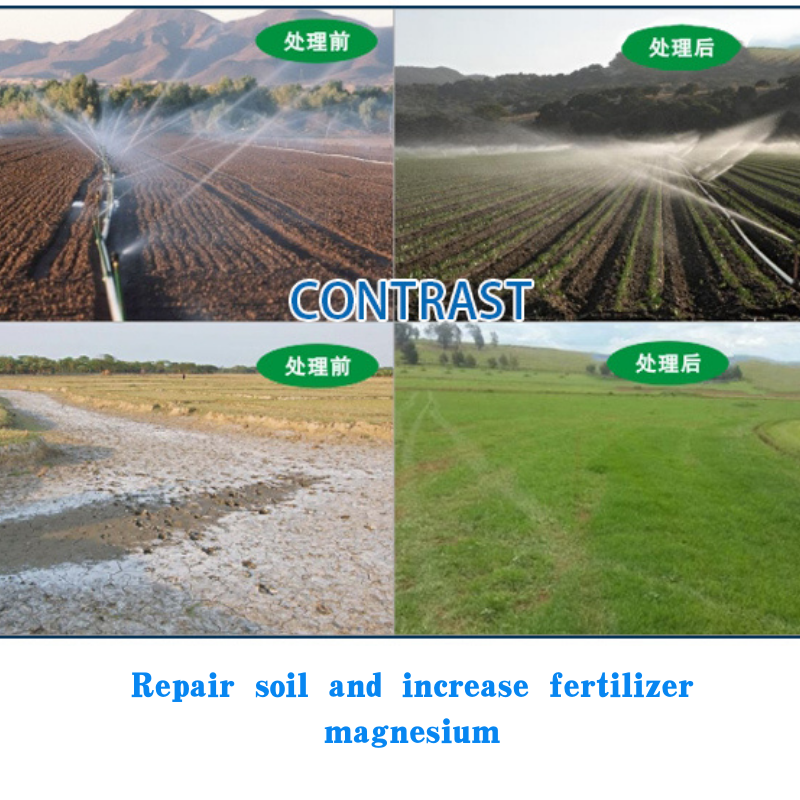
Exploring Innovative Approaches in Inorganic Synthesis for Advanced Material Development
Inorganic Synthesis A Comprehensive Overview
Inorganic synthesis is a branch of chemistry concerned with the production of inorganic compounds, which are primarily composed of minerals, metals, and other non-organic elements. This discipline plays a critical role in various fields, including materials science, catalysis, and even bioinorganic chemistry. This article aims to provide a detailed overview of the methods, applications, challenges, and future directions of inorganic synthesis.
Methods of Inorganic Synthesis
Inorganic synthesis encompasses a variety of methods, each suitable for specific types of compounds. Some of the most common techniques include
1. Solvent-Based Methods Traditional synthesis often involves the use of solvents in which metal salts and ligands are combined under controlled conditions. The choice of solvent can significantly influence the solubility, reactivity, and eventual stability of the products formed.
2. Solid-State Synthesis This approach involves the reaction of solid precursors at elevated temperatures, leading to the formation of new crystalline materials. Solid-state synthesis is particularly valuable for producing metal oxides, semiconductors, and ceramic materials.
3. Hydrothermal and Solvothermal Synthesis These methods utilize high temperature and pressure in aqueous or non-aqueous solvents to promote the crystallization of minerals. Hydrothermal synthesis is instrumental in producing zeolites, metal-organic frameworks (MOFs), and other crystalline phases.
4. Electrochemical Synthesis Leveraging the principles of electrochemistry, this method allows the generation of inorganic compounds through the application of an electric current. This approach is increasingly used for synthesizing metal nanoparticles and conducting polymers.
5. Gas-Phase Synthesis In this technique, gaseous reactants are introduced into a reaction chamber to produce solid or liquid products. This method is crucial for creating thin films and nanomaterials, often used in catalysis and electronics.
Applications of Inorganic Synthesis
The products of inorganic synthesis have numerous applications across various sectors
inorganic synthesis

- Catalysis Many inorganic compounds serve as catalysts in chemical reactions, enhancing efficiency and selectivity. Transition metal complexes, for instance, are extensively employed in organic transformations.
- Materials Science Inorganic materials, such as ceramics, semiconductors, and superconductors, are critical for the development of advanced technology. Their unique properties enable innovations in electronics, energy storage, and construction.
- Environmental Science Inorganic synthesis can lead to the development of catalysts for pollutant degradation, as well as materials for water purification. Metal oxides, for example, are often used in photocatalytic applications.
- Bioinorganic Chemistry The design and synthesis of bioinorganic compounds hold promise for medical applications, including drug delivery systems, imaging agents, and even therapeutic agents targeting specific biological pathways.
Challenges in Inorganic Synthesis
Despite its advancements, inorganic synthesis faces several challenges. One primary concern is the environmental impact of certain synthetic processes, especially those involving hazardous solvents or reagents. Scientists are increasingly focusing on green chemistry principles to minimize waste and toxicity.
Another challenge is the reproducibility of syntheses, particularly in solid-state methods where factors like temperature control and precursor purity can affect outcomes. Ensuring consistency and scalability remains a critical area of research.
Future Directions
The future of inorganic synthesis is likely to be characterized by interdisciplinary collaboration. Integrating computational chemistry methods can predict properties and guide the design of new materials before synthesis. Moreover, advancements in automation and machine learning can streamline experimental processes and data analysis.
Sustainable practices will also continue to gain prominence. The development of eco-friendly synthesis methods, such as using water as a solvent or renewable energy sources, will be essential for reducing the environmental footprint of inorganic chemistry.
In conclusion, inorganic synthesis is a dynamic and essential field with vast implications for science and technology. With ongoing research and innovation, it holds the potential to address some of the most pressing challenges facing our world today, from developing sustainable materials to advancing healthcare solutions. As we look to the future, the synergy between traditional methods and modern technologies promises to unlock new possibilities in the synthesis of inorganic compounds.
Share
-
Premium Pigment Supplier Custom Solutions & Bulk OrdersNewsMay.30,2025
-
Top China Slag Fly Ash Manufacturer OEM Factory SolutionsNewsMay.30,2025
-
Natural Lava Rock & Pumice for Landscaping Durable Volcanic SolutionsNewsMay.30,2025
-
Custom Micro Silica Fume Powder Manufacturers High-Purity SolutionsNewsMay.29,2025
-
Custom Mica Powder Pigment Manufacturers Vibrant Colors & Bulk OrdersNewsMay.29,2025
-
Custom Micro Silica Fume Powder Manufacturers Premium QualityNewsMay.29,2025






